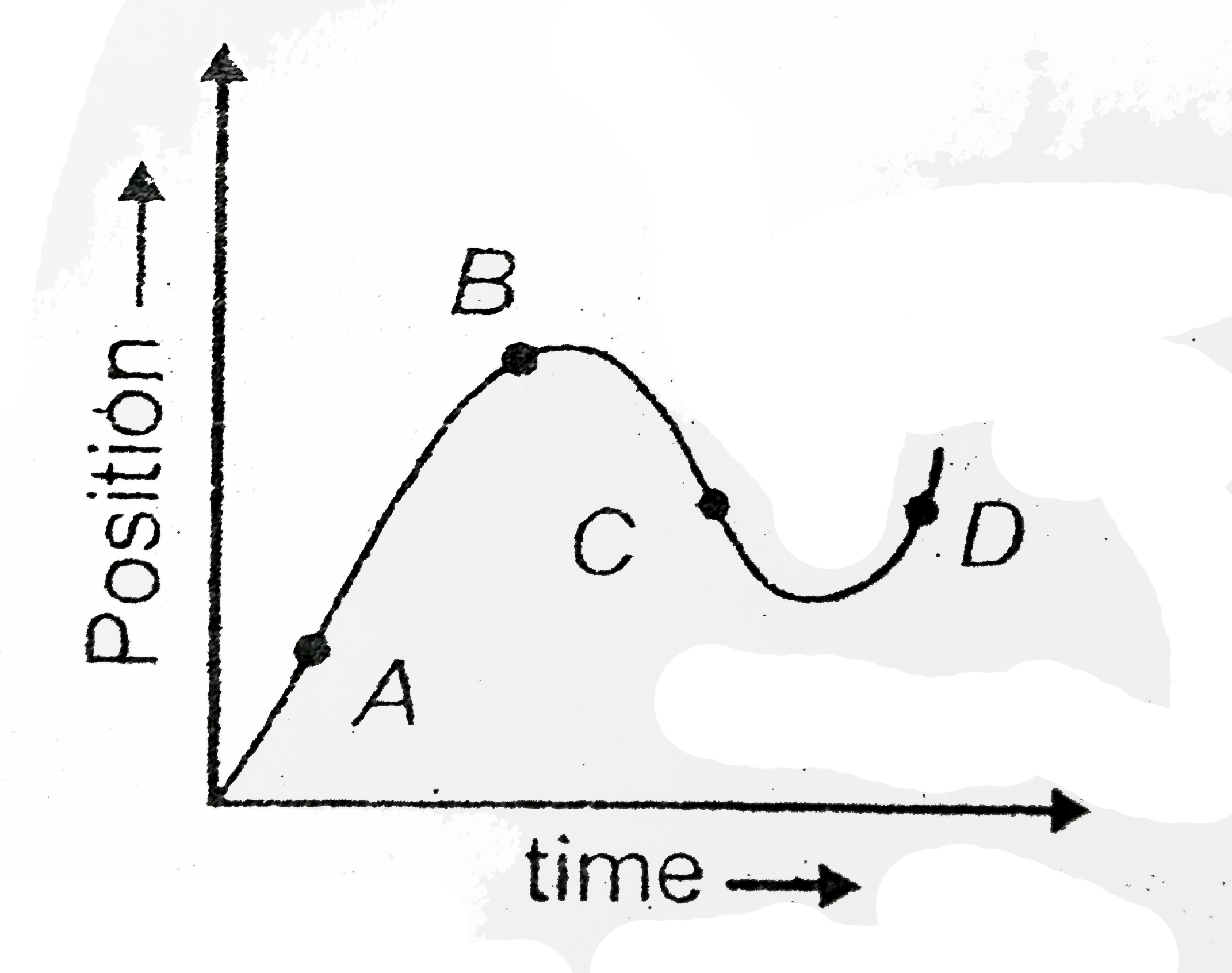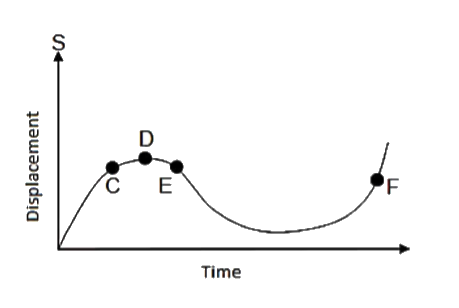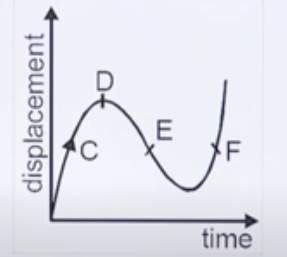A particle shows distance-time curve as given in this figure. The maximum instantaneous velocity of the particle is around the point.
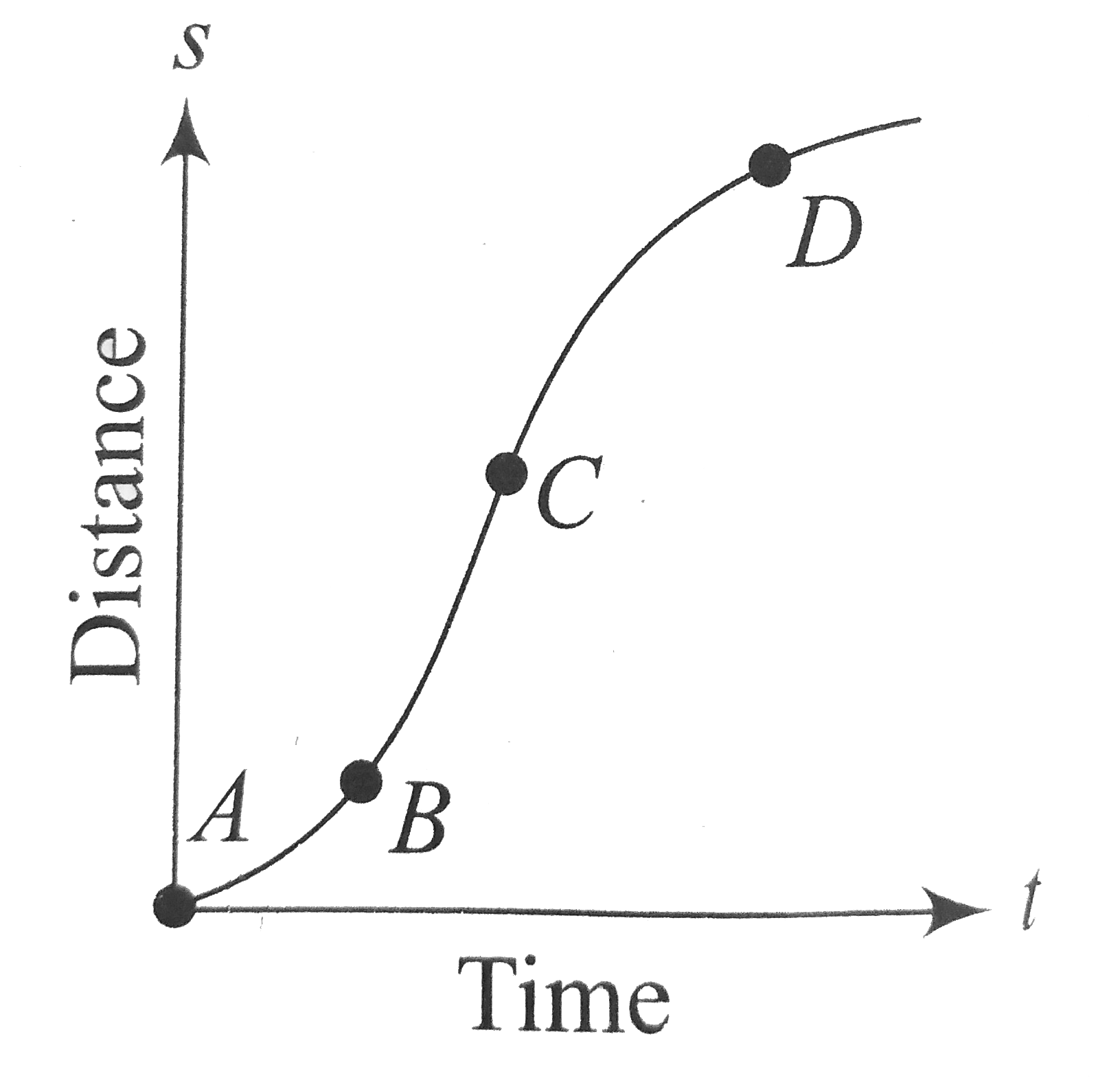 .
.
D
A
B
C
The correct Answer is:D
Step by step video, text & image solution for A particle shows distance-time curve as given in this figure. The maximum instantaneous velocity of the particle is around the point. . by Physics experts to help you in doubts & scoring excellent marks in Class 12 exams.
Topper's Solved these Questions
- BOOK - MOTIONCHAPTER - ONE DIMENSION MOTIONEXERCISE - Exercise - 3 |Section - B Previous Year Problems | JEE MAIN12videos
ONE DIMENSION MOTION
- BOOK - MOTIONCHAPTER - ONE DIMENSION MOTIONEXERCISE - EXERCSE -2 (Section - F : Rain Problems, Aircraft wind problems, Relative Motion between two projectiles )2videos
ONE DIMENSION MOTION
- BOOK - MOTIONCHAPTER - NLM & FRICTIONEXERCISE - EXERCISE-4 ( LEVEL-II)15videos
NLM & FRICTION
- BOOK - MOTIONCHAPTER - OPTICSEXERCISE - Exercise45videos
OPTICS
Similar Questions
Knowledge Check
- Question 1 - Select One
A particle shows distance time curve as glven in this figure. The maximum instanta - neous velocity of the particle is around the point
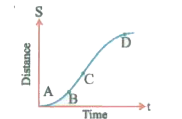 A1) BB2) CC3) DD4) A
A1) BB2) CC3) DD4) A - Question 2 - Select One
The position- time graph of a moving particle is shown. The instantaneous velocity of the particle is negative at the point
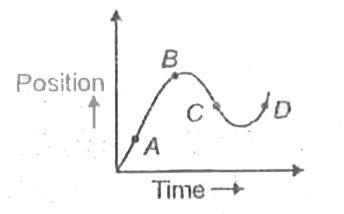 AABBCCDD
AABBCCDD - Question 3 - Select One
The displacement-time graph of a moving particle is shown below. The instantaneous velocity of the particle is negative at the point
ACBDCEDF
The displacement-time graph of a moving particle is shown in the figure. The velocity of the particle is zero at the point ______.
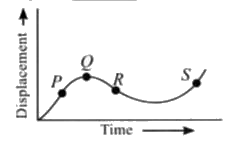 View Solution
View SolutionThe displacement-time graph of a moving particle is shown below. The instantaneous velocity of the particle is negative at the point
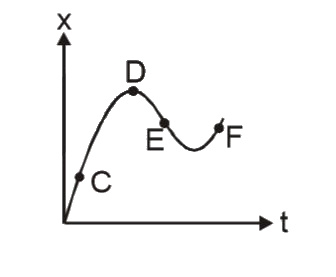 View Solution
View SolutionThe displacement-time graph of moving particle is shown below

The instantaneous velocity of the particle in negative at the pointView SolutionThe relation between the particles velocity and wave velocity is -
View SolutionThe displacement time curve of a particle is shown in the figure. The external force acting on the particle is :
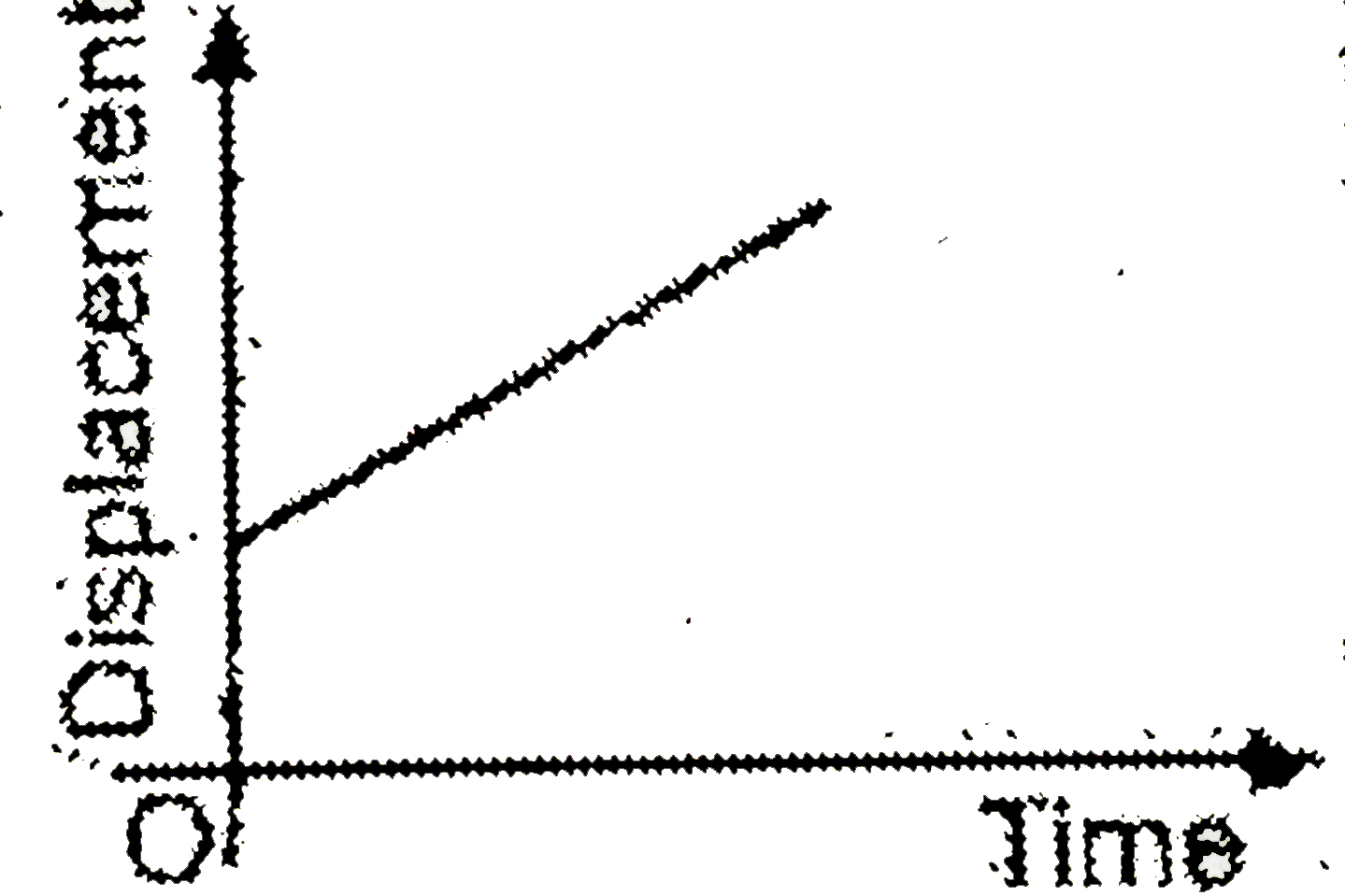 View Solution
View Solution


